Stadiums are tricky places to design and deploy Wi-Fi. Seating arrangements change, densities of the crowd and the use of the space all have to be accommodated in the design.
Add to this the difficulty of where to actually put and AP and you need to have some handy tricks up your sleeve - enter the Cisco Catalyst 9104 reconfigurable antenna.
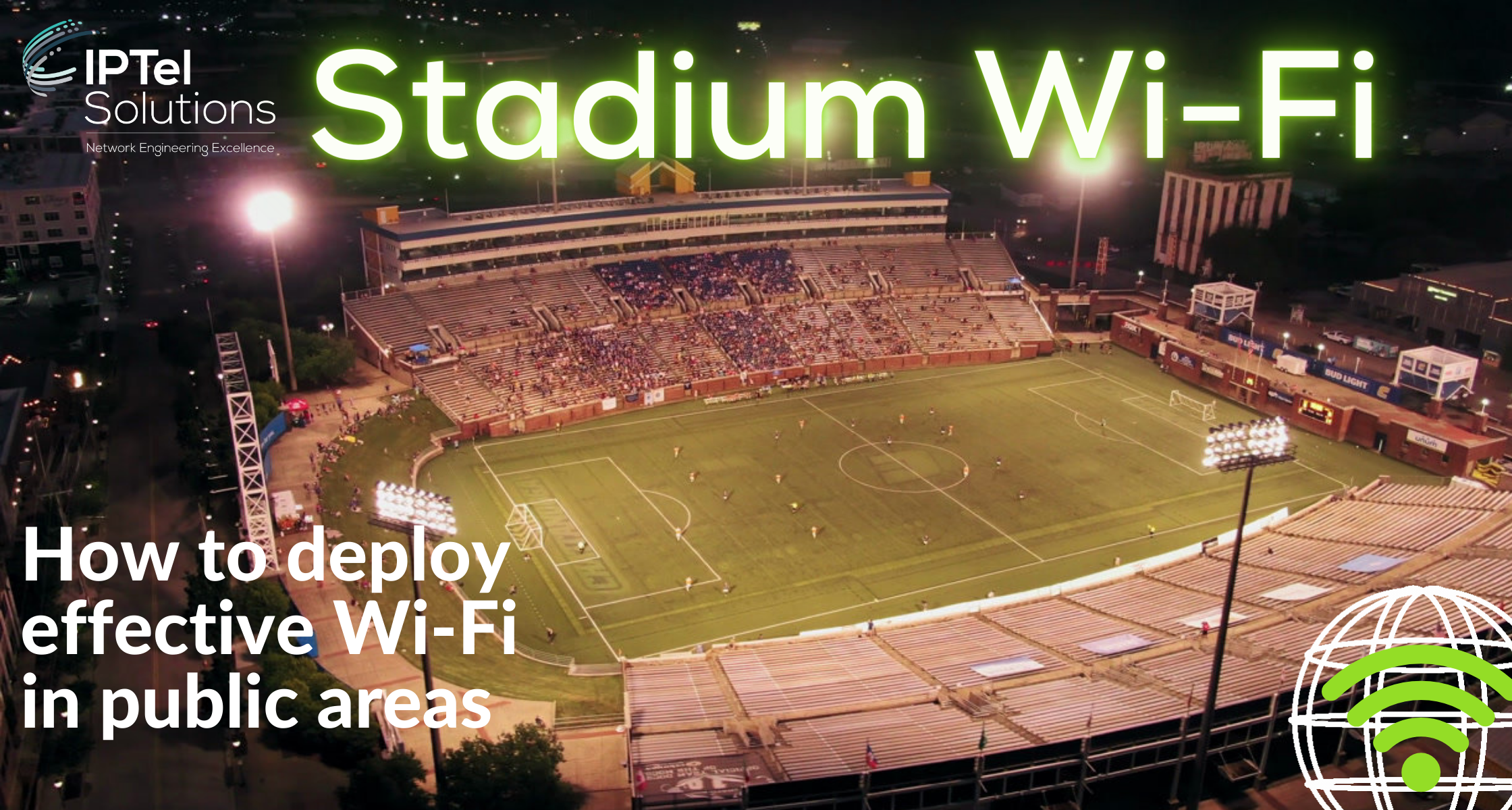
ASSOCIATED BLOGS:
Stadium Wi-Fi Installation Constraints
One of the big issues with stadium Wi-Fi is where and how to install the APs.
If you install underseat APs, you typically want to ensure the conduit for the cabling is cast into the concrete, to ensure it's protected and also hidden from sight. Many stadiums have a very long shelf life of course, so will not have been designed with installing Wi-Fi in mind.
Stadiums by nature have a very high roof, so it's also difficult to install APs right up in the eaves of these - it's a long way to the seats below, so you need an AP and antenna that is capable of being highly directional, as well as very high gain.
It is possible to install on posts around the stadium and there are even special bollards and lampposts designed to take an AP - however this isn't going to be able to cover the whole site.
ASSOCIATED BLOGS:
- Increasing AP Density
- Wi-Fi Surveys (Overview to the various types of RF Surveys)
- Wi-Fi Phone Dropouts
- Wi-Fi Surveys
Stadium Wi-Fi Design Options
The answer with stadiums is that you actually need a mix of various technologies and solutions, in order to provide coverage across different areas.
There's a fair bit of surface mount conduit needed and use of industrial switching (such as the IE3400) allows for the installation of a fibre backbone and local copper delivery to the access points - they're in hard to reach locations quite often, so this works well to reduce the lengths of copper cabling needed.
Standard wall mount APs are common of course - the table below though discusses some of the other options needed.
| Wi-Fi Grade | Use cases this typically supports |
| Hidden Enclosures |
There's a range of companies making street furniture suitable for hiding APs. Lamp posts, either with an AP installed externally, or with the AP hidden internally (commonly known as a "smart lamppost" - they normally also include help call buttons and an ethernet switch) are useful additions to the install options. The photograph shows the Oberon bollard, into which an access point is installed. This is useful in concourse areas to provide localised coverage, as well as keep the AP hidden away. |
| Overhead Mount |
There's two prime choices for seating area coverage - overhead or underseat. The Cisco 9104 is discussed in more depth below, but is a great example of the overhead AP type. The image below shows just how big this antenna is: |
|
Railing Mount
|
Attaching APs to various parts of the stadium, to provide localised coverage is a requirement of stadium Wi-Fi. These can be typical wall mount APs (so just needing an L-Shaped bracket), or might use a tilt bracket for an external AP (ideal if you need to cover long narrow walkways), but there's a range of other specialised options available.
Ventev make an interesting railing mount installation enclosure, which is a handy addition in the kit bag. This allows you to install the APs along side the rows of seats, reducing the need for as many overhead (or underseat APs) |
|
Underseat Mount
|
Underseat APs require conduit installed underneath the seats. There's some advantages - and disadvantages to this design. Retro-fitting this to an existing stadium may be a little tricky - it will require surface mount conduit, as well as plastic boxes to be installed under the relevant seats, which have an AP installed. That said, not all stadiums have overhead options - some don't have any overhead roofs, so this might be the only way you can get coverage inseat. The other problems are obvious - installing an AP in this location will not give it a very good coverage pattern and since as humans, we're quite attenuating (with all that water in our bodies), we tend to be quite good at shielding the coverage from the AP. |
There are of course, many options for mounting - and hiding of APs, but the above table provides a good cross-section.
ASSOCIATED BLOGS:
Cisco 9104 Stadium Antenna
The Cisco 9104 Stadium Antenna is a bit of a beast. We've nick-named it the "car door". It's not quite that large, but you get the idea.
These are very high gain antennas, suitable for installing on top of low-rise buildings (a good use case for this are Universities) and in the eaves of stadiums.
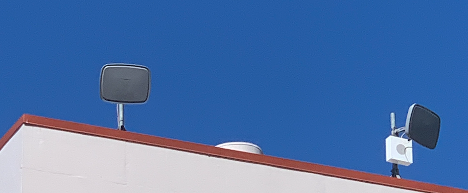
The photograph here shows the AP and antenna installed on the top of a low rise building.
The antenna can be installed either horizontally or vertically, giving the antenna differing coverage patterns.
The real selling point of the 9104 though, is that it's reconfigurable.
Yes, you read that correctly. The AP beamwidth can be changed from 25 to 80 degrees – this is pretty handy when you need to do a high density installation.
The ability also to also split the beams means that you can have two cells, adjacent to each other – perfect for supporting a lot of clients in a small area.

The configurable antenna is actually built around the 9130 AP, and this is undertaken in the factory. I
This provides a neat unit, designed and built for either very high density, or some specific scenarios – an AP in the board room to support a lot of video conferencing for board meetings, for example.
 To configure the antenna, some new options have been introduced in the Cisco 9800 WLAN Controller.
To configure the antenna, some new options have been introduced in the Cisco 9800 WLAN Controller.
These allow for the configuration of the antenna options.
This is pretty ground-breaking stuff.
Conference centres are going to love this capability, with the requirement to reconfigure spaces quite frequently, the ability to physically tune the antenna is a pretty interesting one.
ASSOCIATED BLOGS:
Stadium Wi-Fi: Summary
Firstly, in reading this blog, you will probably have already realised that the technologies and options discussed are not unique to stadiums. They are actually good for all large areas, open spaces, conference and entertainment venues.
.png?width=230&name=Wi-Fi%20Surveys%20(Instagram).png) The second note is that no one-size fits all. It takes a blend of the options to deliver consistent Wi-Fi coverage and it can be difficult, expensive and time consuming to get APs into the locations you need.
The second note is that no one-size fits all. It takes a blend of the options to deliver consistent Wi-Fi coverage and it can be difficult, expensive and time consuming to get APs into the locations you need.
The use of industrial switching is a key part of the equation too - you need to be able to connect the APs and power them to the network. Mesh is an option for connecting APs in tricky locations, but may not be ideal if high throughput is a requirement.
Stadium design takes time and a lot of thought, especially for the physicality of the site and the aesthetics, expense and practicality of installing access points.
Hopefully this blog has been of use. As ever, if you need support with your design and install, drop us a line at sales@iptel.com.au
ASSOCIATED BLOGS:
- Wi-Fi Predictive Designs
- Wi-Fi Assurance Review
- Wi-Fi 6E and 6GHz Explained
- Wi-Fi 6 vs 5G
- Wi-Fi Surveys: Overview to Wi-Fi Survey types


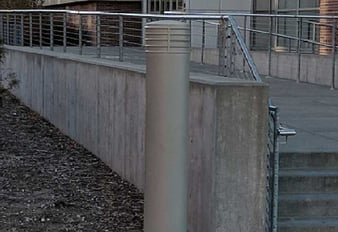
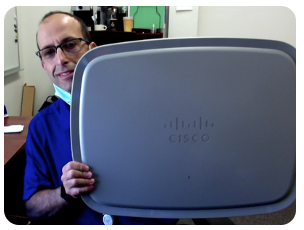
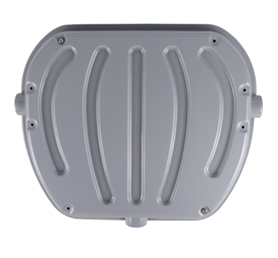


.gif)
.gif)